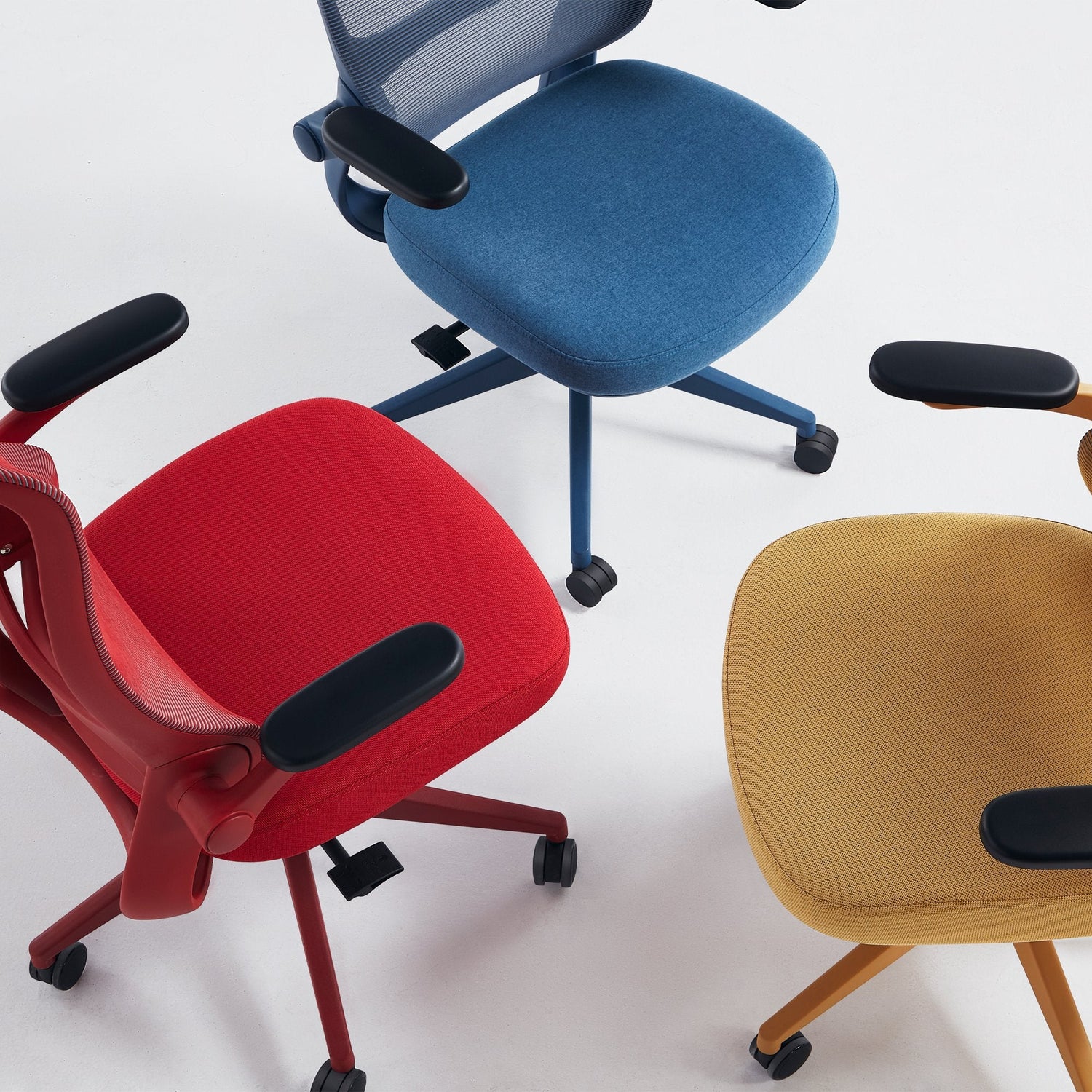
All Products
Explore the full range of Sunaofe's ergonomic office furniture, crafted to enhance...

Explore the full range of Sunaofe's ergonomic office furniture, crafted to enhance...
30-Day Money Back + Seel Insured
Eco & Ergo! Exclusive Design
Save 10% Now! Code: Sunaofe25
The dual-arm monitors are one of the commonly used extensible features for people who want a clean, ergonomic, and flexible work area. You can connect two monitors to them side by side, adjust viewing angles easily and free up much-needed desk space. Nevertheless, most individuals have a presumption that every monitor works with dual monitor arms, only to experience a problem upon their acquisition.
The fact is that monitor compatibility can be determined by relevant mounting standards, weight, screen size, and arm type. This article provides a comprehensive walkthrough to help you determine if your monitors are dual-arm compatible and what to consider before investing.
A dual monitor arm does not fit with every monitor. Though modern monitors tend to be built with standardised mounting choices, the reality is that some models do not always fit without extra adapters (especially older or ultra-thin models). The most crucial compatibility factors include:
VESA Mounting Supported
Most monitor arms conform to the VESA mounting standard (Video Electronics Standards Association), often with hole patterns of 7575 mm or 100100 mm.
Your monitor may require a VESA adapter plate if there are no VESA holes. Ultra-thin or curved monitors created by manufacturers such as Apple, Samsung, and LG will sometimes need special mounts.
Keep a Check on Weight
Each of the dual monitor arms has a maximum weight capacity. When the weight of your monitor exceeds this figure, you risk having a sagging arm or one that cannot hold the monitor steadily.
Screen Size
The vast majority of arms list a preferred range of monitor sizes (e.g. 13 to 32 inches). Large screens can create balance or space issues, and you might prefer them arranged near each other.
Port Accessibility
The design should take into consideration that some mounts can obstruct the monitor ports. As an example, the DisplayPort or HDMI connector (used when mounted rear-facing) can be blocked by the mount.
The monitor is the primary consideration, but its compatibility with your computer system is also worth considering. The way to check this is as follows:
One can find VESA mounting patterns, weight, and dimensions in the user manual or the manufacturer's website. Look up words such as VESA compatible, mounting interface or wall-mountable.
Dual arms will also require a clearance area on the back of your desk to swing and position monitors. When your desk is built against a wall, it is essential to check whether the range of motion will accommodate the arm.
The majority of arms are attached with the help of a clamp or grommet mount. A clamp deserves a strong edge, and a grommet mount goes through an already-drilled hole. You must confirm that the desk can withstand the pressure of all materials. Heavy setups may break thin particleboard.
A dual monitor arm should have cables that extend to your computer ports without straining. Adjustment flexibility may be restricted by short cables or cables whose routing is not well done.
The purchase of a dual monitor arm should not only involve settling on the most appealing or economical one, but should also entail purchasing one that perfectly meets your demands. Below is a keyword-focused guide to buying a monitor arm that ensures you make the right choice:
Dual monitor arms do not necessarily fit every monitor, and each monitor must be compatible with the VESA standard, weight, size, and your desk arrangement. Before purchasing, compare all technical features, take into account the features of the workspace, and consider predictions of long-term needs. However, Sunaofe has a wide range of monitor arms, be it quality or experience - they are known for other reasons. By following this guide to purchase a monitor arm, you’ll not only avoid costly mistakes but also enjoy an ergonomic, clutter-free, and productivity-boosting environment.
Be the first to know about new collections and exclusive offers.
